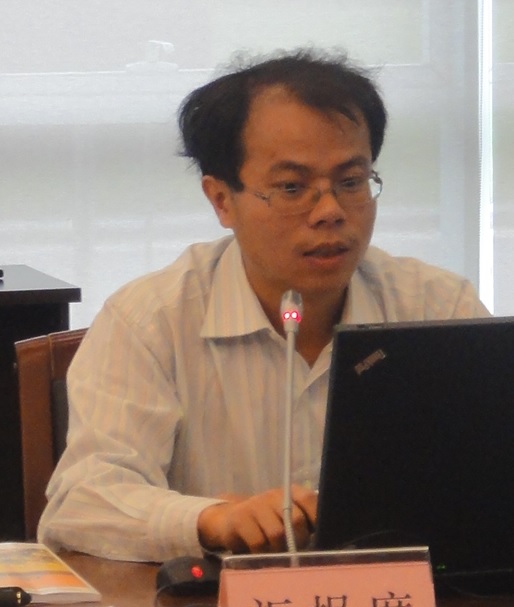It is organized by the CDP that is based in London and works to transform the way the world does business to prevent dangerous climate change and protect our natural resources.
The interaction of GWP China with the CDP China office was in early June, 2016 with the latter asking GWP China to review the China Water Report. The report provides transnational corporations that have headquarters in China and those with facilities and/or supply chains exposed to risk in China to enhance the strategic preparedness in light of a new and changing regulatory landscape in China. It also delivers cases and experiences for improving the water stewardship.
At the launching ceremony, GWP China sent Dr. You Jianjun who is the member of GWP China TEC and works with our Host Institute, i.e. China Institute of Water Resources and Hydropower Research. Besides GWP China, the event convened experts and representatives from China Energy Conservation and Environmental Protection Group, UPM, Dell and HSBC as the panellists. It also attracted 100 registered audiences online.
The panellists discussed six themes, two of which regarding ‘what has changed in China today and how will the effective water regulations affect (risk and reward) the businesses that operate there?’ and ‘what does the future hold and what should companies and investors be doing now to succeed?’
Responding to the two questions, Dr. You said, “a series of regulations issued show a determination of the Chinese government to change the water environment. It also brings challenges and opportunities to companies. Market competition, competitive advantage and reputations are value-added to the companies to help them to understand and adapt to policies “.
According to him, the baseline is to operate according to the rules in China, including the “Three Red Lines” and “Water Pollution Control Regulation”. The new regulatory landscape work is towards an environment-friendly country to benefit all. He said, “we should support it. For a long term, companies are recommended to innovate local tailored tools for green products converting challenges to opportunities. Meanwhile, it is crucial to make balance between costs and profits, avoiding value destruction or seizing competitive advantage.”
 Dr. You in the panal discussion
Dr. You in the panal discussion
